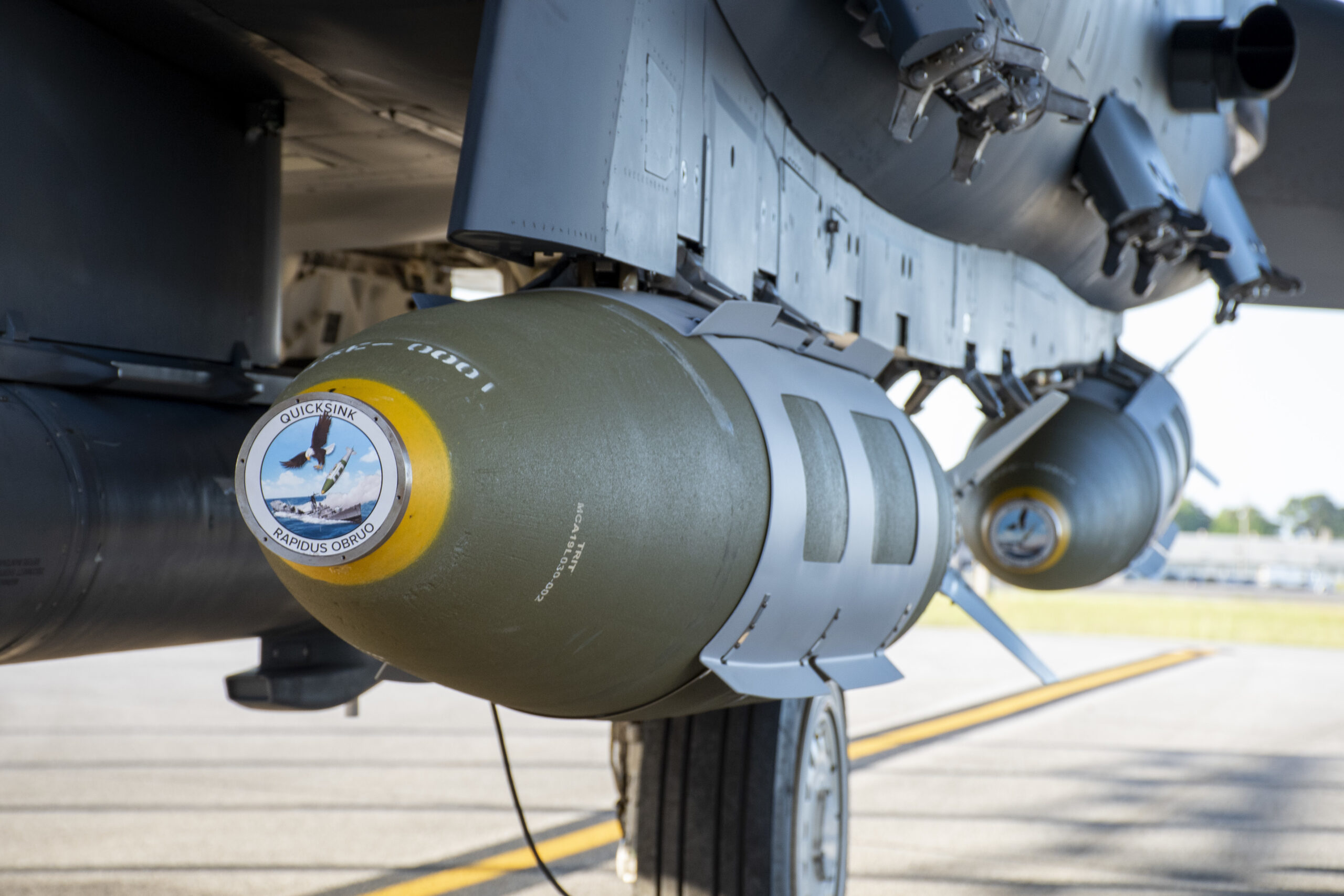The U.S. Air Force’s new air-launched maritime strike experiment, known as Quicksink, has, for the first time, destroyed a full-scale surface vessel in the Gulf of Mexico. The experiment, which aims to provide a low-cost anti-ship capability by using a modified 2,000-pound class GBU-31 Joint Direct Attack Munition, or JDAM, is now onto its second round of trials. You can read our coverage of the first phase here.
The Air Force Research Laboratory (AFRL) announced the successful trial under the Quicksink Joint Capability Technology Demonstration, or JCTD, which took place yesterday over the 120,000-square-mile Eglin Gulf Test and Training Range. The single modified JDAM was launched from an F-15E Strike Eagle fighter as part of a collaborative effort between AFRL, Eglin’s Integrated Test Team, the 780th Test Squadron of the 96th Test Wing, and the 85th Test and Evaluation Squadron of the 53rd Wing. The Air Force release did not mention the type of target vessel that was hit, but we have requested more information about this.
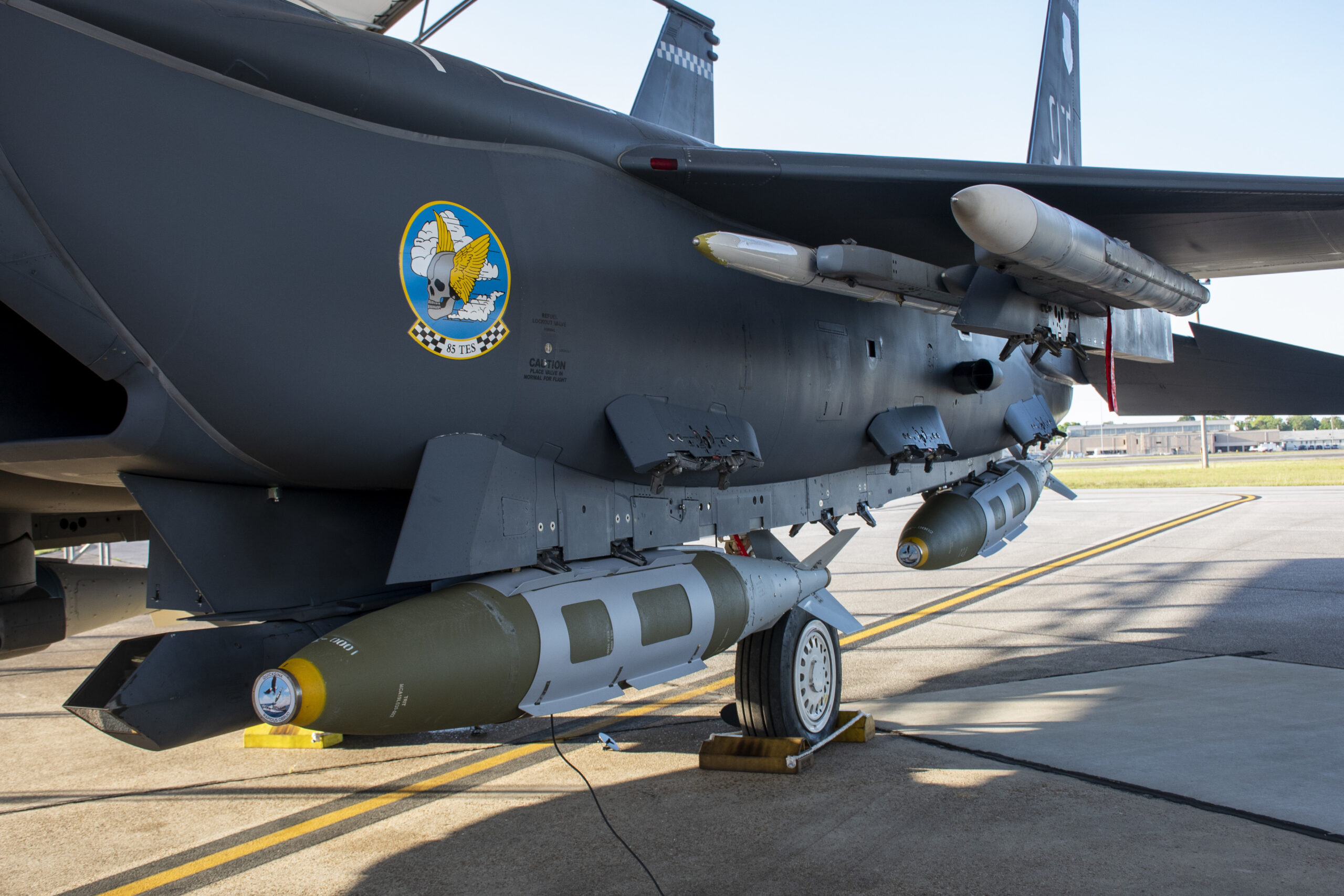
The objectives of the latest JCTD included assessing the feasibility of bringing the Quicksink concept into operational use.
“The Quicksink mission was successful thanks to the hours of planning and preparation provided by the entire test team,” said Capt. J. Tucker Tipton, Air-to-Surface Test Flight commander, 780th Test Squadron, in an official release. “This was another example of how the 780th Test Squadron supports weapons developmental test customers and helps deliver unique capabilities to the warfighter.”
“Quicksink is an answer to an urgent need to neutralize maritime threats to freedom around the world,” added Col. Tony Meeks, director of AFRL’s Munitions Directorate. “The men and women of this directorate consistently find ways to solve our nation’s greatest challenges.”
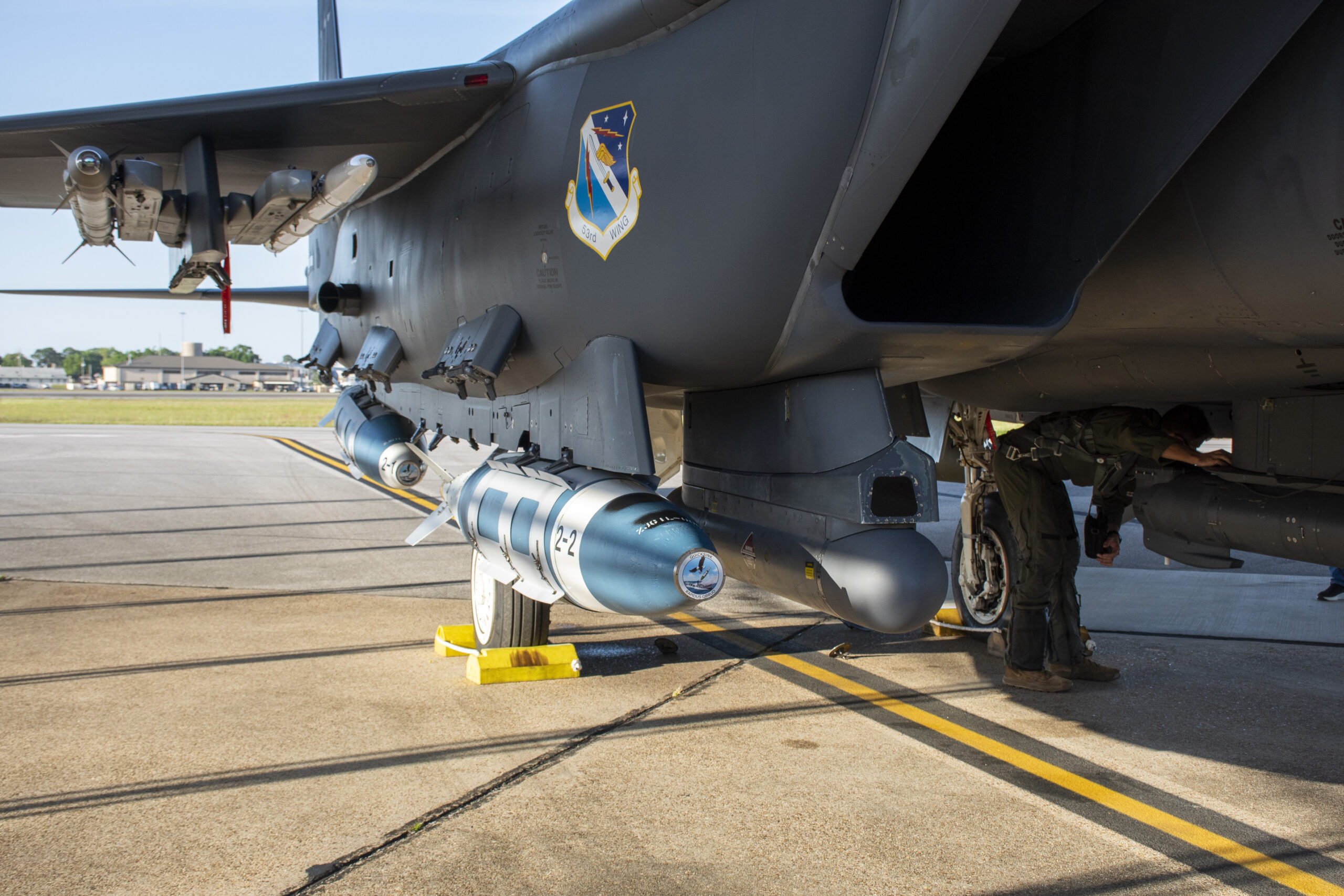
By repurposing a JDAM for the maritime strike mission, Quicksink aims to save money and rapidly field a capability that can be used against stationary or moving maritime targets. To do this, the program is also relying on the possibilities offered by a weapon open systems architecture, or WOSA, seeker for the JDAM, which allows different seeker components to be bolted on in a modular fashion, as required.
“Quicksink is unique in that it can provide new capabilities to existing and future DOD weapons systems, giving combatant commanders and our national leaders new ways to defend against maritime threats,” explained Kirk Herzog, AFRL program manager.
Looking at the program more broadly, Quicksink aims to expand the options that combat commanders have for prosecuting naval surface targets. While there is a range of precision-guided munitions and air-to-surface missiles that can be used for these scenarios, Quicksink seeks to provide the kind of effectiveness that would otherwise be guaranteed by a torpedo, such as the heavyweight Mk 48.
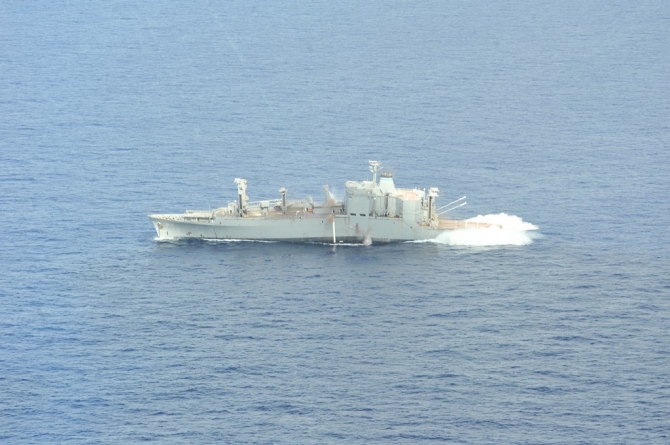
“Heavy-weight torpedoes are effective [at sinking large ships] but are expensive and employed by a small portion of naval assets,” said Maj. Andrew Swanson, 85th Test and Evaluation Squadron division chief of Advanced Programs. “With Quicksink, we have demonstrated a low-cost and more agile solution that has the potential to be employed by the majority of Air Force combat aircraft, providing combatant commanders and warfighters with more options.”
“A Navy submarine has the ability to launch and destroy a ship with a single torpedo at any time, but the Quicksink JCTD aims to develop a low-cost method of achieving torpedo-like kills from the air at a much higher rate and over a much larger area,” continued Herzog.
The previous Quicksink test took place in August last year. On that occasion, three F-15Es from the 85th Test and Evaluation Squadron were involved in experiments against “both moving and static maritime targets.”
Previously in 2021, there was another Quicksink experiment, this one involving JDAMs dropped from a B-52H bomber from the 49th Test and Evaluation Squadron, “in order to assess the viability of specific maritime impact conditions,” according to the Air Force.
What was unclear in these earlier tests, and also in this latest experiment, is exactly what kind of guidance kit is fitted to the modified JDAM, adding a capability to hit moving targets.
AFRL video shows a Quickstrike weapon concept launched from an F-35 against a container vessel armed with a covert missile launcher. There is no confirmation that this reflects the actual appearance of the Quicksink JDAM seeker head, at this stage, but the video depicts the launching F-35 receiving targeting data from a P-8. It then launches the weapon after uploading the targeting data into it. The weapon then flies to the predicted vicinity of the target, whereupon it activates its “all-weather maritime seeker,” searches for it autonomously, and then locks onto it. Once locked on, it makes its terminal attack on the ship.

Previously, there was speculation that one option would be an add-on laser guidance kit, as used in the dual-mode Laser JDAM. Back in 2004, the Air Force demonstrated something similar, with a Paveway-style laser seeker head added to a JDAM in a test known as Resultant Fury.
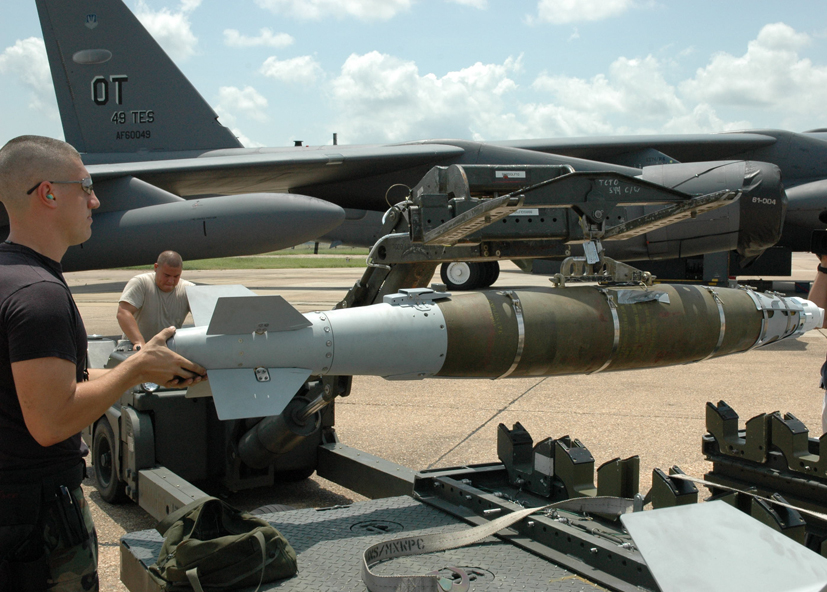
Video from an earlier maritime JDAM test under Resultant Fury:

At the same time, however, Air Force has said it considers the 2,000-pound class GBU-24/B Paveway laser-guided bomb to be increasingly unreliable and risky for anti-shipping strikes, due to its requirement for line-of-sight laser illumination. Adding a laser guidance kit to the JDAM would seem to offer no real advantage over an LGB.
Once again, the photos released from the latest test show JDAMs, live and inert alike, without fuzes or additional seekers fitted to their noses, which are instead covered by stickers with the program emblem, as seen in the photo at the top of this story.
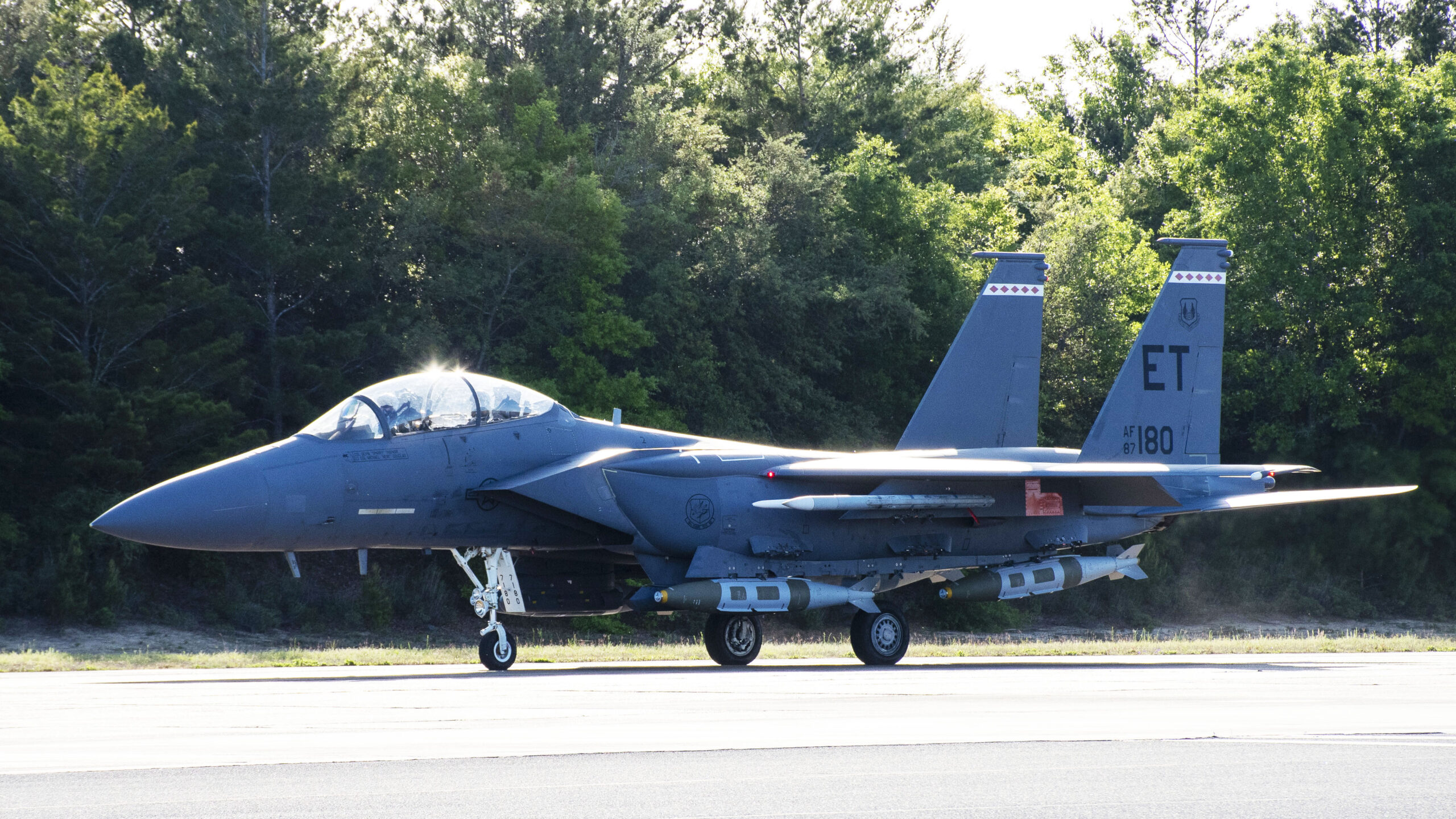
The most likely guidance option that we have discussed in the past includes a multi-mode guidance type, perhaps combining millimeter-wave radar and an imagining infrared seeker, similar to that used in the GBU-53/B StormBreaker. Even the radar seeker alone would get the job done and fit with the ‘all weather’ description.
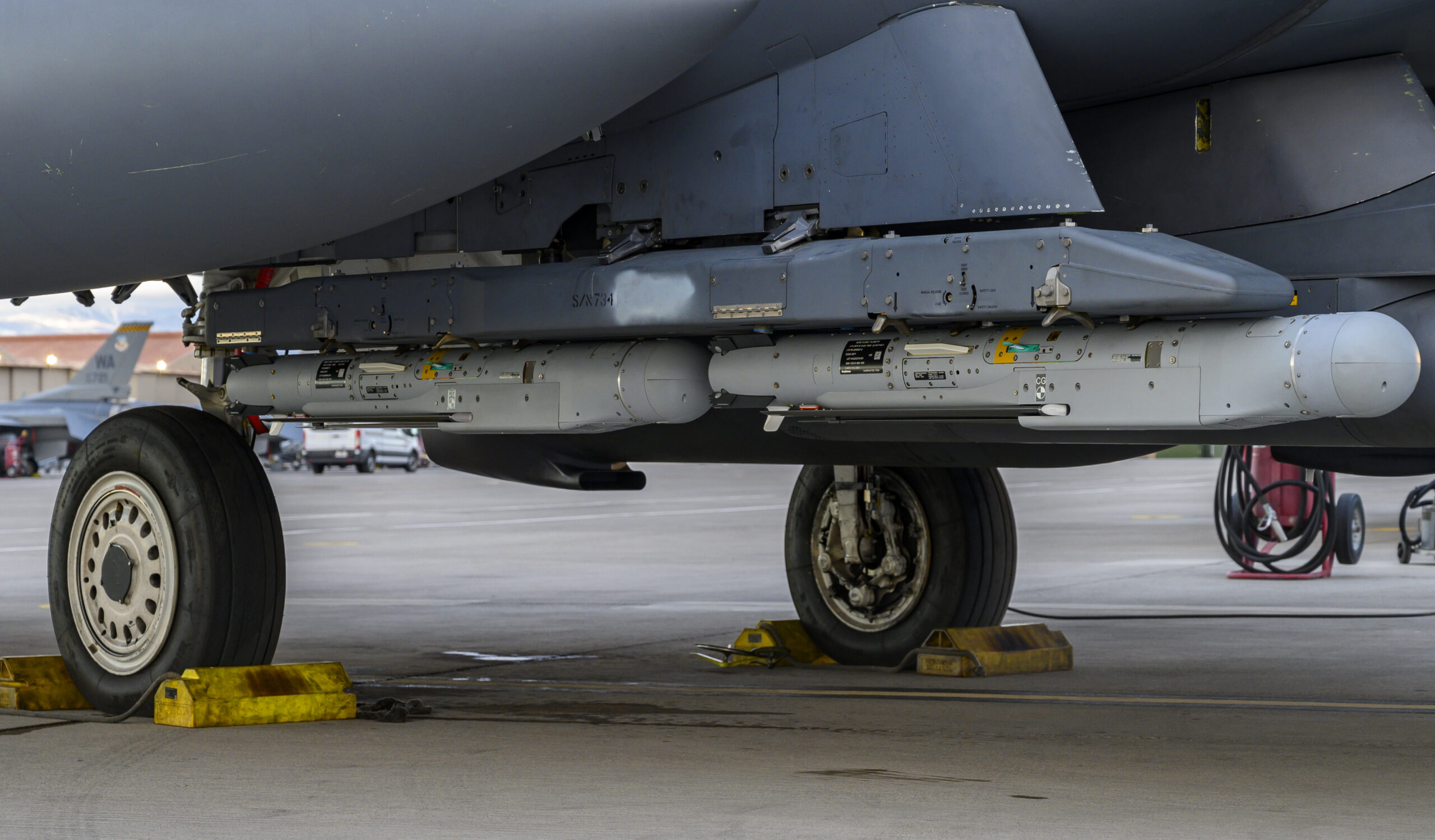
Yet another guidance option could involve a datalink. In this way, the target would be tracked by an offboard sensor, such as an aircraft’s radar, and the targeting telemetry would be continuously passed on to the JDAM after release. That data could then be combined with the JDAM’s existing GPS-assisted inertial navigation system (INS) guidance package, which operates much like an autopilot, so that it finds its way to the moving target. This is unlikely though considering the video description.
A combination of these capabilities could also be employed.

Whatever the guidance type used, it seems the Air Force is making progress in its plans to adapt the existing 2,000-pound class JDAM as a heavy-hitting anti-ship weapon. While trials so far have involved the F-15E and B-52H, the weapon could also be carried by a variety of other platforms, too.
There remains a question as to the ultimate destructive power of the anti-ship JDAM, compare to a torpedo that is designed to break a ship’s back by hitting it below its hull. However, the Quicksink program does point to the Air Force’s growing interest in anti-ship munitions and tactics. Other weapons in this portfolio include the AGM-158C Long Range Anti-Ship Missile (LRASM) and new air-dropped standoff naval mines for the B-52H.
Compared to the LRSAM, for example, the anti-ship JDAM does have major limitations. The basic JDAM has a relatively very short-range even when launched at altitude — it has a range of about 15 miles, which is deep within most major naval anti-air threat rings — and is susceptible to naval close-in air defense systems. This could drastically reduce the range of targets it could prosecute, with better defended, higher-priority targets likely requiring a more sophisticated solution.
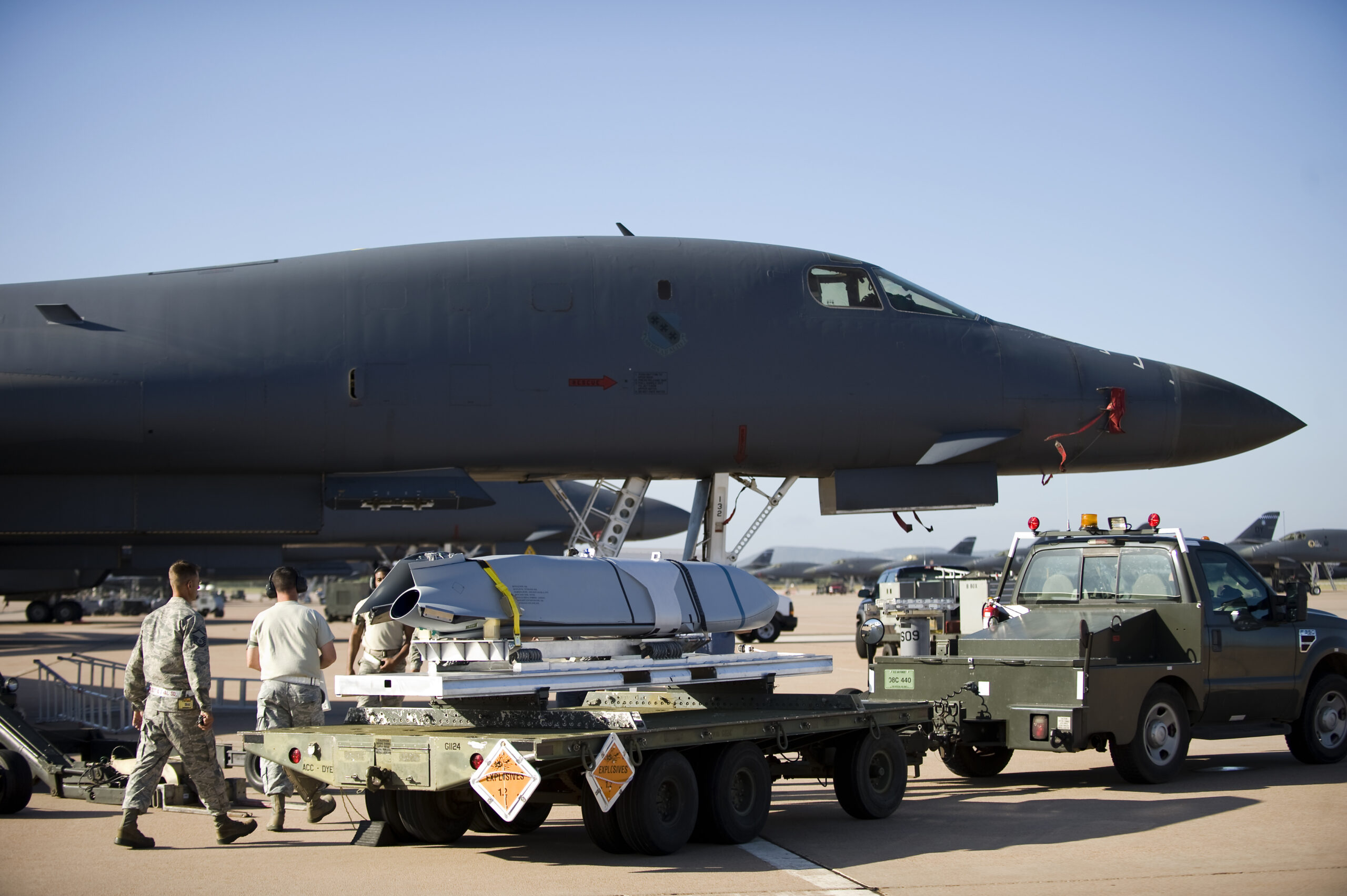
Ultimately, however, the anti-ship JDAM should offer a number of key advantages. First, as one of the most important air-dropped weapons in the U.S. inventory, stocks are plentiful and the availability of a maritime kit should allow existing weapons to be fairly rapidly configured for this new role. The adaptability of the JDAM could also mean the anti-ship version can be further modified too, perhaps adding one of the wing kits that are available for the weapon, for a very useful range extension, or switching to one of the bunker-busting bodies for improved penetration.
Lastly, Quicksink emphasizes the low cost of this anti-ship solution, meaning that potentially the Air Force can procure large numbers of these weapons. Having a big stockpile, or the ready availability of such weapons could be of particular importance in the kinds of high-end maritime warfare scenarios that would likely be played out in a future confrontation with Russia or China.
Contact the author: thomas@thedrive.com
